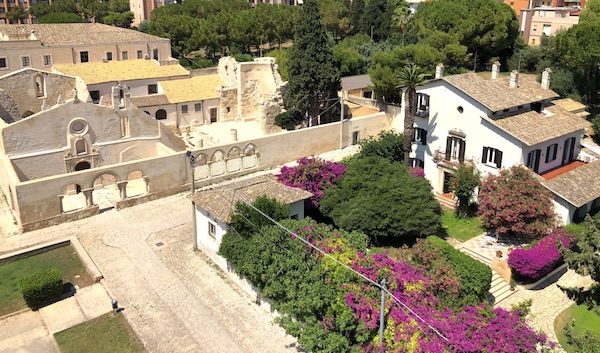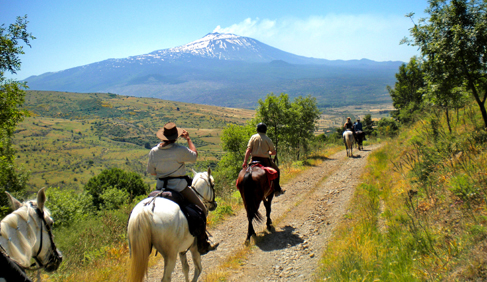
10 HIDDEN JEMS IN SIRACUSA

#4 – The Ten Hidden Jems in Siracusa: the Balza Akradina
Our top ten is full of open-air sites immersed in nature; this time we submit yet another one to your attention – a park which is most popular amongst local inhabitants but which is totally unknown to the tourists who come to visit our town: the Balza Akradina (crag of Akradina).
Despite being close to many other touristic sites (the cycle path, Latomie dei Cappuccini), the Balza Akradina doesn’t enjoy the same popularity as other places in this borough named just after it (Akradina) which has so much to show.
On first look, all you can see as you step into Siracusa’s green scrub is a beautiful park crowned by small walls of calcareous stone, but the Balza fully qualifies as an archeological site! The stony walls are rich in sepulchral hypogea built by the ancient Sicilian peoples and later utilized by the Greeks and the Romans; a lot of these underground paths were obtained from natural quarries; others were dug directly into the rock.
Along the rocky walls you may see small rectangular quarries, a few inches thick: they date back to the Hellenic era and are called “eroa” (you can also find them along the Latomie del Paradiso and of Santa Venera); the “eroa” used to be frames which adorned the representations of heroes and famous people.
There are two levels to the Balza Akradina; it doesn’t take much hassle to reach the rocky peak and enjoy the wonderful view overlooking the entire town. So, if you mean to fully enjoy all the wonders Siracusa has to offer, do not hesitate to step beyond the boundaries of Ortigia and enter the other parts of town: there is such an abundance of archeological sites and ruins in plain sight that locals hardly seem to notice them anymore.
Time for a small anecdote: the Balza Akradina park is a particularly beloved place by locals because on the 5th and 6th of November 1994 Pope John Paul II chose this very spot to address the town when he came to benedict the Sanctuary of Mary of Tears.

















